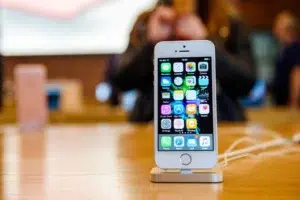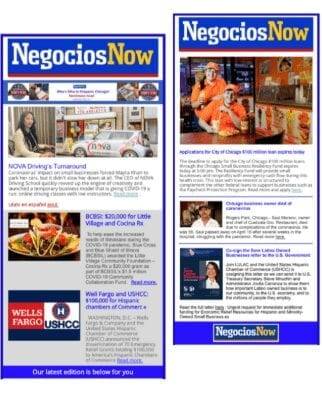 From healthcare to transportation, public safety to energy management, wireless connectivity is changing the way our communities live, modernizing how our businesses thrive, and creating new opportunities for us as consumers. 5G is the next generation of wireless connectivity that will support smart communities.
From healthcare to transportation, public safety to energy management, wireless connectivity is changing the way our communities live, modernizing how our businesses thrive, and creating new opportunities for us as consumers. 5G is the next generation of wireless connectivity that will support smart communities.
“Smart” includes enhanced capacity to enable more efficient transportation services, consistently up-to-date information on public services, and dynamic healthcare practices allowing more people able to keep track of their medical data and doctors to remotely monitor time-efficient and more immersive patient care.
Senators John Thune (R-South Dakota) and Brian Schatz (D–Hawaii) have circulated a discussion draft intended to accelerate U.S. efforts to deploy 5G and get enhanced wireless service in the hands of consumers. 5G, the next generation of advanced wireless service, will power the connectivity that our world is approaching.
5G will also change how consumers and local businesses operate within their communities. Specifically, Latinos in the United States are one such community experiencing a dramatic increase in mobile device usage. It was reported in 2016 that 80% of Latino adults access the internet via a mobile device such as a cellphone or tablet. This year, a Pew Research study revealed that smartphones play an especially prominent role in providing online access to Latinos, even those living in lower-income households. As overall U.S. businesses continue to integrate mobile platforms, such cost-saving solutions that will become mainstream with 5G technologies will also directly benefit Latino consumers and businesses who connect with mobile.
Additionally, Latinos currently make up for less than 10 percent of the U.S. science, technology, engineering, and math (STEM) workforce. While industries continue to rely on technology to improve their core functions, more organizations will be looking for staff who demonstrate next-generation technological skills. According to a report by Accenture, next-generation 5G wireless technology will create 3 million new jobs. So this means, for example, that small- to medium-sized cities with populations between 30,000-100,000 residents could experience roughly 300 to 1,000 new jobs.
“Because Latinos represent a significant percentage of the future U.S. workforce, this creates clear opportunities for Latinos interested in pursuing STEM careers” says, Jose A. Marquez-Leon CEO of TechLatino: Latinos in Information Sciences and Technology Association. “Job opportunities will increase across the board as the demand for 5G connectivity expands.”
Expertise will also be needed to build out these faster, more complex networks. 5G networks will rely on a robust workforce, with crews that can install and regularly maintain this infrastructure. The economic and consumer benefits that will come from the arrival of enhanced wireless networks will directly affect the Latino community.
The Thune-Schatz discussion draft would help speed up the process for 5G deployment so that communities can start to feel the direct benefits of smart technologies—both as consumers and as STEM professionals. Simply put, the bill encourages best practices for state and local authorities as well as industry stakeholders to work together to ensure that installation of 5G small cells and infrastructure can be conducted in a reasonable and timely manner. This makes it easier to activate and upgrade service in the communities where it is needed. In addition to these consumer opportunities, 5G innovation will also improve job prospects for minority communities. We applaud efforts by policymakers like Senators Thune and Schatz because we realize that our communities within the United States benefit when our country continues to remain a leader in wireless advancement.










